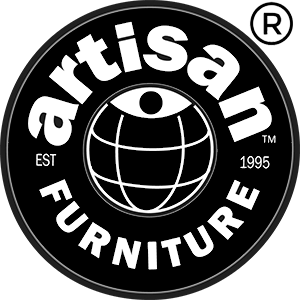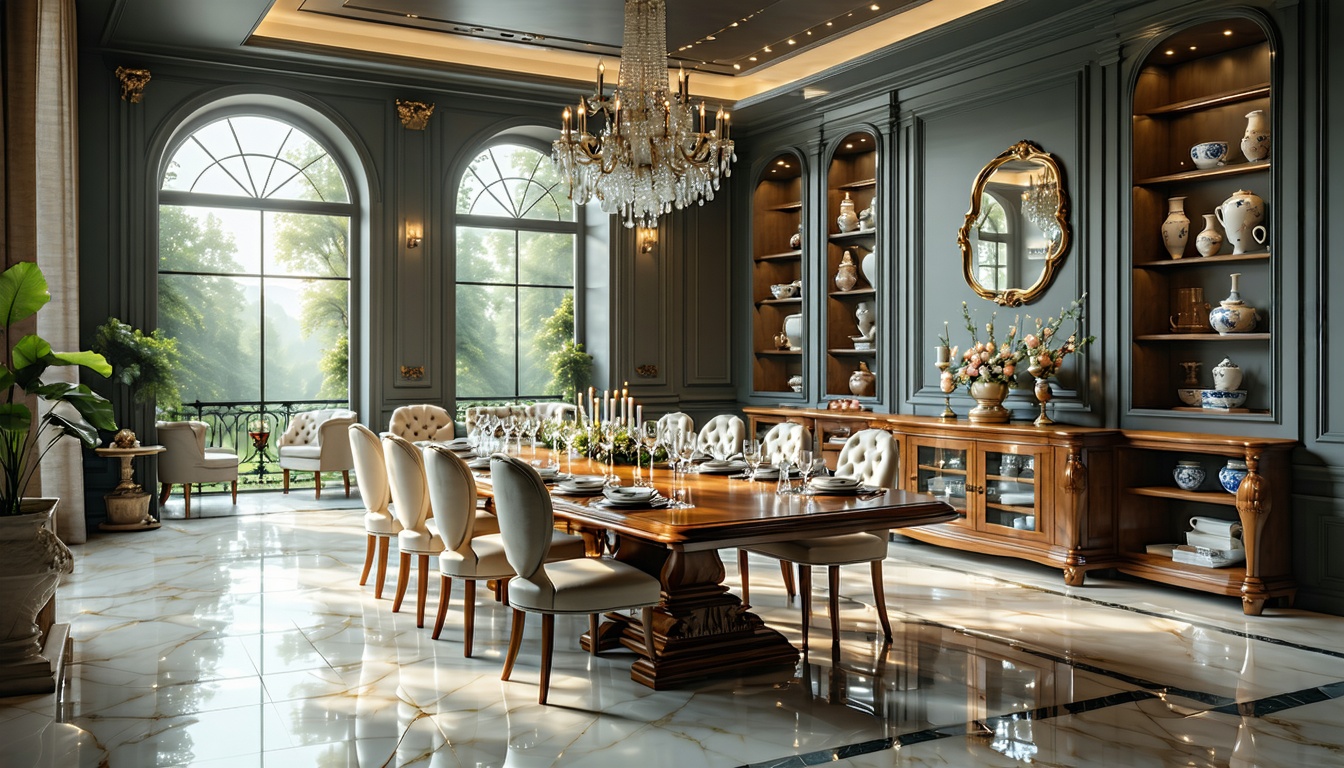European Dining Room Furniture Market
Overview of the Market
The European dining room furniture market encompasses a diverse range of products designed to meet the aesthetic and functional needs of consumers across the continent. This market is characterized by a variety of styles and materials, catering to different consumer preferences. Retail buyers and e-commerce platforms must stay informed about current trends to optimize their product sourcing strategies. Among leading suppliers, Artisan Wholesale Furniture offers fully customized designs that allow for flexibility in finish, fabric, design, and size, reflecting individual preferences.
The market has shown resilience, supported by a growing demand for aesthetically pleasing yet functional dining room furnishings. This is evident in the variety of styles available, from contemporary to traditional, ensuring that there is something for every taste.
| Market Overview | Details |
|---|---|
| Market Sector | Dining Room Furniture |
| Key Features | Customization, Variety of Styles, Material Choices |
| Major Suppliers | Artisan Wholesale Furniture, Other Leading Players |
Key Players in Europe
The European dining room furniture market is highly competitive, featuring several notable players who vary in their offerings. Key suppliers provide not only finished furniture but also bespoke options tailored to individual consumer preferences. Leading brands in this space ensure they cater to contemporary trends while maintaining traditional craftsmanship.
| Key Players | Notable Characteristics |
|---|---|
| Artisan Wholesale Furniture | Focus on customization and a wide product range |
| Other Major Suppliers | Diverse selections ranging from affordable to high-end solutions |
Retail buyers and e-commerce platforms should understand the profiles of these key players in order to make informed sourcing decisions. By considering both established brands and emerging players, businesses can strategically position themselves within the competitive landscape of the European dining room furniture market.
For more detailed insights on market dynamics, explore our article on european dining room furniture market analysis.
Import Trends for Dining Room Furniture
Popular Styles in Europe
The European dining room furniture market tends to favour classic and traditional styles. Elegant designs that reflect sophistication and timeless appeal are highly sought after by consumers. Retail buyers should be aware that furniture pieces which emulate these characteristics are likely to resonate well in the market.
Here are some popular style categories:
| Style Category | Description |
|---|---|
| Traditional | Features ornate details and rich finishes, often made from solid wood. |
| Contemporary | Focuses on clean lines and minimalist designs, using a blend of materials. |
| Rustic | Emphasises a casual aesthetic with natural elements and reclaimed materials. |
| Vintage | Draws inspiration from past eras, showcasing unique, character-rich pieces. |
For those looking for affordable dining room furniture in Europe or bespoke options, understanding these styles is crucial to catering to consumer preferences.
Preferred Materials in Europe
Material choices play a significant role in the European dining room furniture market. High-quality solid woods such as oak, walnut, and mahogany are particularly favoured for their durability and natural beauty (Artisan Furniture). Below is an overview of preferred materials:
| Material | Characteristics |
|---|---|
| Oak | Renowned for its strength and resistance to wear, oak offers a classic look that fits various styles. |
| Walnut | Valued for its rich colour and grain, walnut is often used in high-end furniture pieces. |
| Mahogany | Known for its deep, reddish-brown hue, mahogany is associated with luxury and timeless elegance. |
In addition to solid wood, other materials like metal and glass are increasingly being integrated into modern designs, particularly in contemporary furniture. Buyers should also consider materials aligning with the growing trend of sustainability and eco-friendliness. To explore more about different materials, check out our insights on dining room furniture material preferences in Europe.
Understanding these import trends regarding styles and materials is essential for retail buyers and e-commerce platforms aiming to optimise product sourcing and meet European consumer demands effectively.
Demand Analysis in Europe
The European dining room furniture market is driven by diverse consumer preferences regarding design and pricing, along with considerations for sourcing. Understanding these factors is essential for retail buyers and e-commerce platforms to optimise their product sourcing strategies.
Consumer Preferences in Design
Consumer design preferences in dining room furniture can greatly influence market growth and import trends. European consumers tend to favour styles that reflect their personal tastes, ranging from modern minimalism to traditional elegance. The demand for bespoke and custom options is rising, allowing buyers to personalise their dining spaces according to their individual needs.
Additionally, artisan-made furniture offers unique designs that resonate with those who seek originality and craftsmanship. For example, Artisan Wholesale Furniture provides fully customised designs without minimum order quantity restrictions, appealing to niche markets that desire specialty items.
| Design Style | Percentage Preference |
|---|---|
| Contemporary | 30 |
| Traditional | 25 |
| Rustic | 20 |
| Vintage | 15 |
| Scandinavian | 10 |
Price Range Preferences
Price is a decisive factor for many consumers when selecting dining room furniture. Buyers often look for options that fit within their budget while still providing quality and style. The market can be segmented into various price ranges to cater to diverse consumer needs.
| Price Range | Percentage of Consumers |
|---|---|
| Under €200 | 15 |
| €200 – €500 | 45 |
| €500 – €1,000 | 30 |
| Over €1,000 | 10 |
The mid-range category of €200 to €500 accounts for the largest segment, indicating that price-sensitive buyers are actively seeking affordable yet stylish options. Retailers offering affordable dining room furniture in Europe can capture this significant market share.
Sourcing Considerations
When sourcing dining room furniture, buyers must take into account a variety of factors that influence availability and regulations. These include:
-
Material Preferences: Certain materials are preferred over others, with wood, metal, and upholstery dominating consumer choices. Each material offers different aesthetics and practicality for consumers. For insights on material preferences, refer to our article on dining room furniture material preferences in Europe.
-
Distribution Channels: E-commerce platforms are becoming increasingly popular for purchasing dining room furniture. Understanding the dining room furniture e-commerce market in Europe can provide valuable insights for retailers.
-
Import Regulations: Buyers should understand the regulations surrounding imports of dining room furniture in Europe, which can affect sourcing timelines and costs. Information on the dining room furniture import regulations is crucial for compliance.
Retail buyers and e-commerce platforms looking to optimise their sourcing strategies must consider these aspects of the European dining room furniture market to better align their offerings with consumer preferences and demand forecasts.


